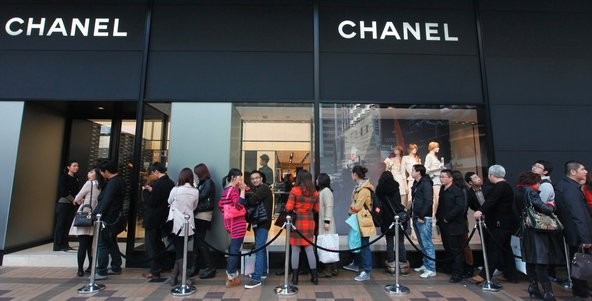China takes the top spot as the world's leading source of overseas tourism market in the first two quarters of this year, said the United Nations World Tourism Organization (UNWTO).
With a growth rate of 16 percent in the first six months, China overtakes France and Italy with a respective growth of 10 percent and 8 percent in international tourism markets.
UNWTO Secretary-General Taleb Rifai said that China shifted to become the top source of tourism worldwide, with $128 billion spent by 98 million Chinese tourists in 2013, which translated to an overall growth rate of 26 percent from the previous year.
"Up until 2012, Germany was number one," said the secretary-general.
Rifai also mentioned that China's massive population provided for a remarkably large growth potential conducive to tourism. The country's tourism growth was even propelled by the rising number of middle-class Chinese that can travel overseas.
With numerous airports connected to China, the country is a very convenient place to travel from and to every country in the globe, cited Rifai.
"The Chinese government has been taking good position of this," he added.
According to Rifai, China expects fewer Europeans arriving due to the economic crisis in Europe, which will then lead to reduced tourist spending in China. However, more Chinese tourists will be traveling overseas, which will offset such drawback and provide economic advantage for China.
In 2013, China ranked fourth in the list of the most visited destinations by overseas tourists.
One of the many factors that affect overseas travel is visa applications. Fortunately, due to the continued increase in tourism expenditure, Chinese travelers are benefiting from easier and faster visa application process from many countries.
However, on a global scale, Chinese tourists comprise 66 percent of travelers who still have to go through arduous visa application processes. This percentage is better, said Rifai, because five years ago, the Chinese traveling population comprised 72 percent of those who have to endure complicated visa processes.



























